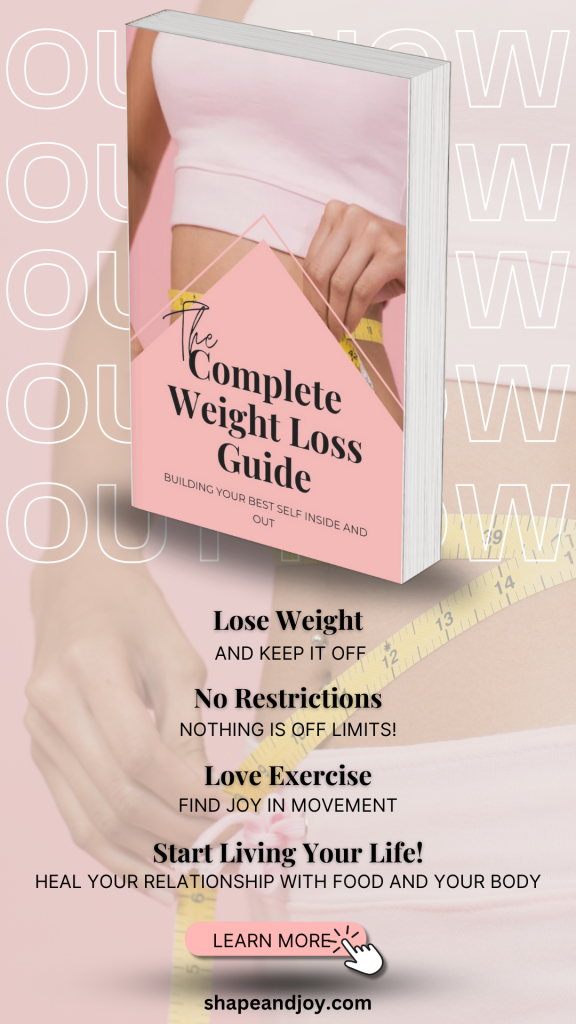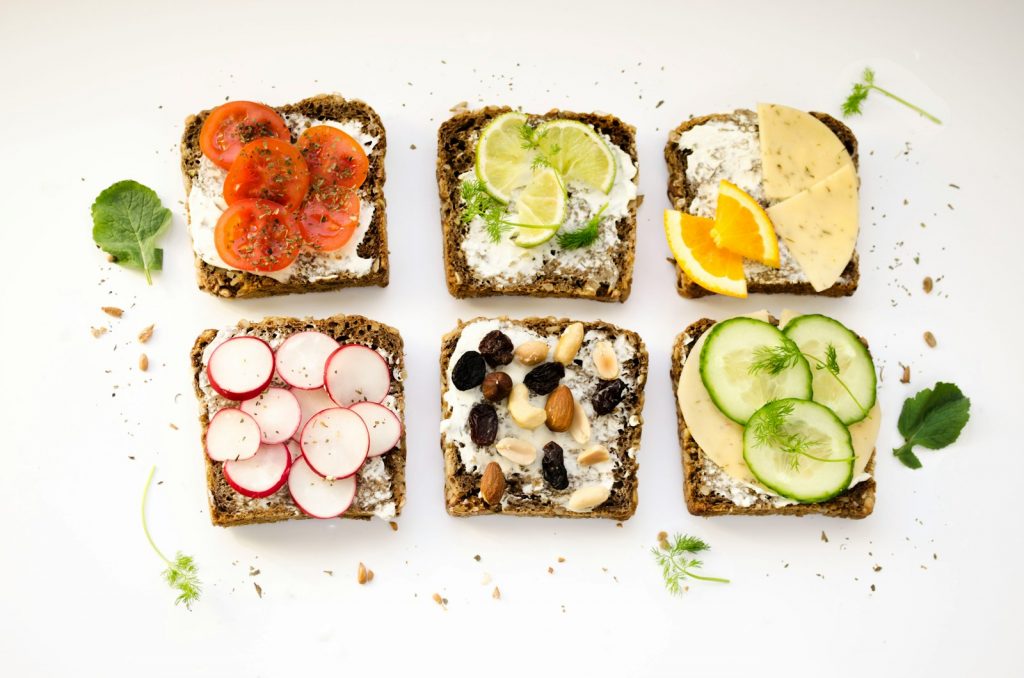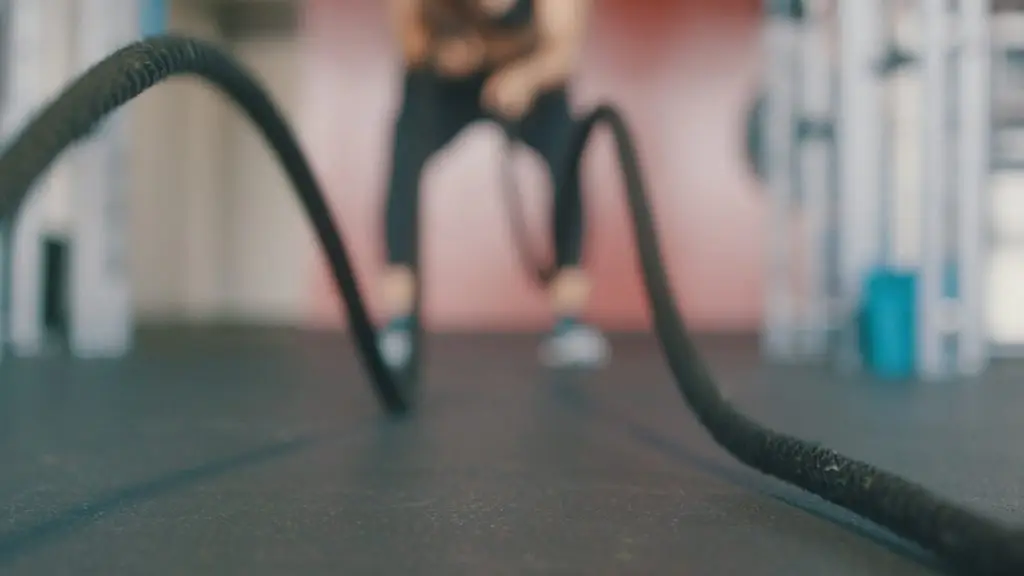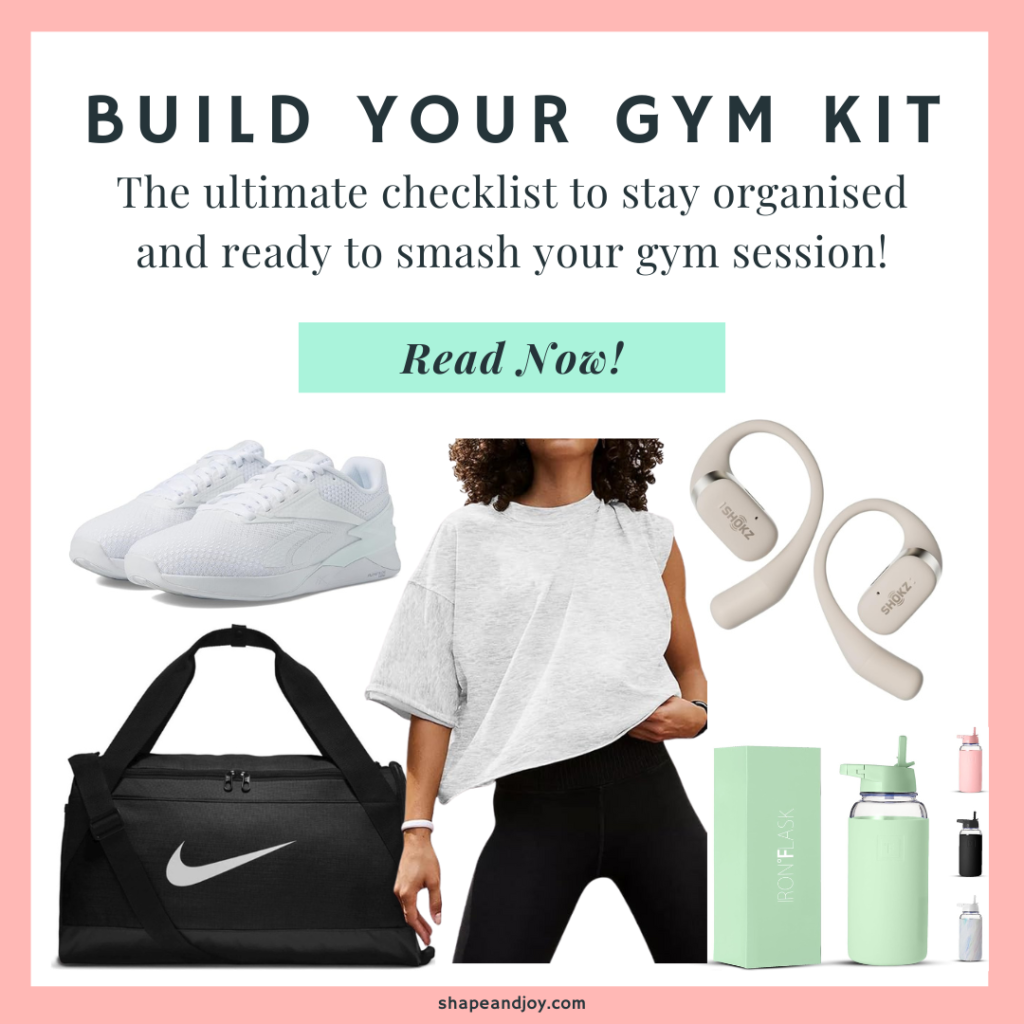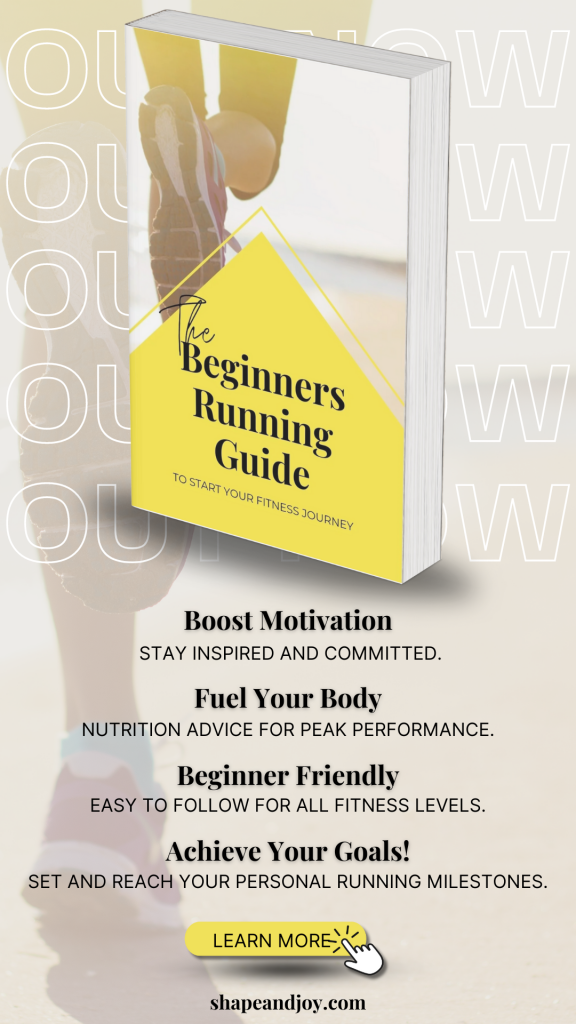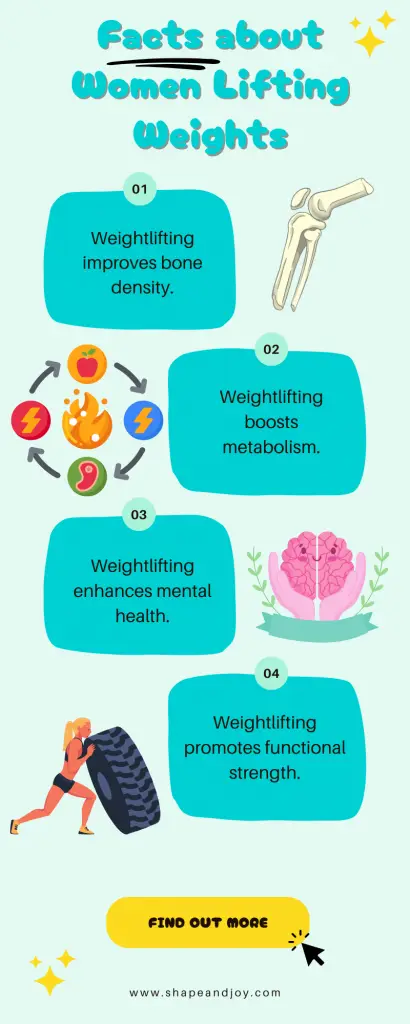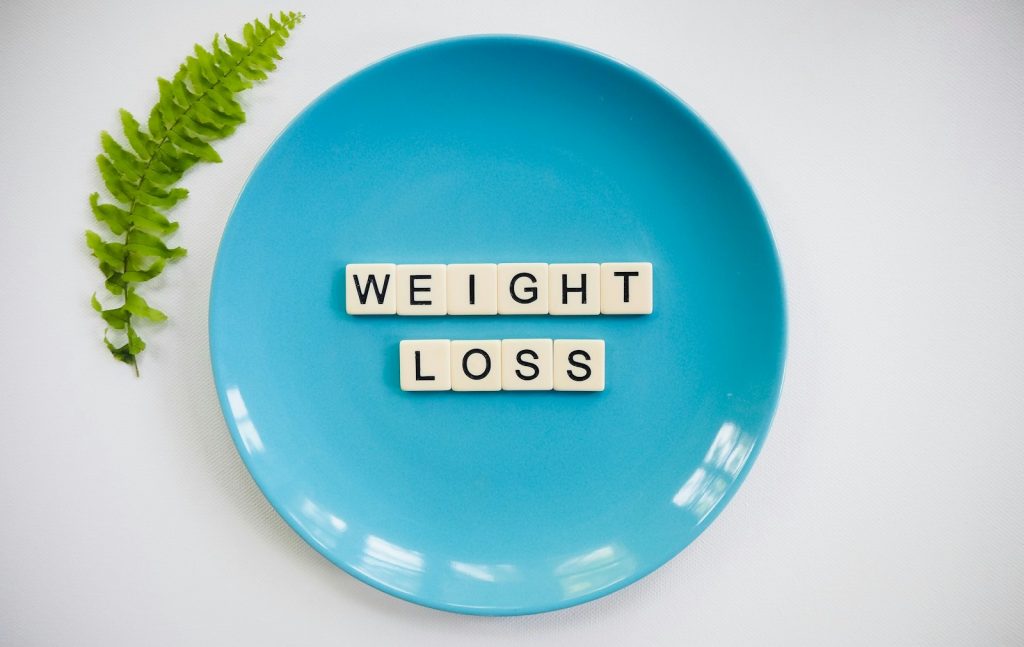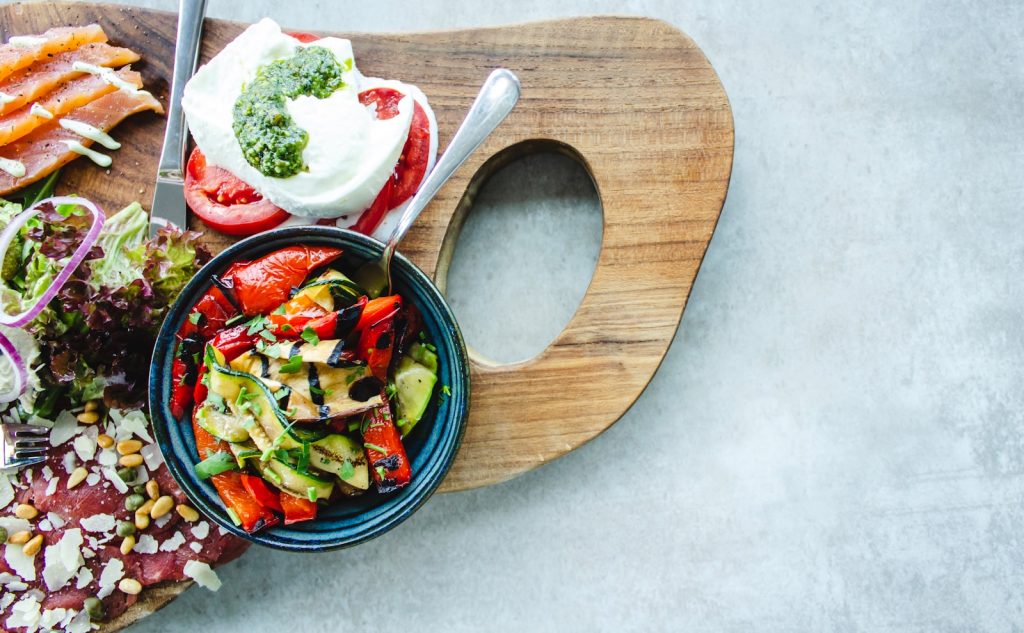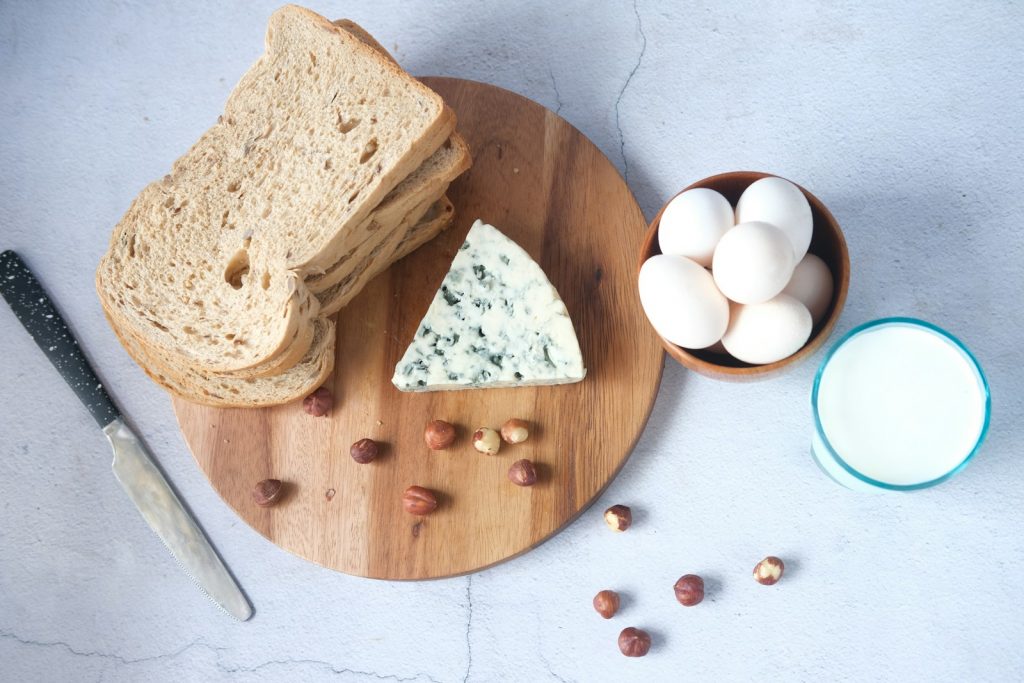Overcoming a Lack of Consistency in Your Weight Loss Journey
Before my successful weight loss journey, I was all over the place. I had a very all-or-nothing approach (I have ADHD, so this is true for most areas of my life!) One week I’d be masking out workouts and eating salads like a rabbit, and the next week, let’s just say Netflix and pizza were my best friends. Sound familiar? Yep, I know the struggle all too well. So, why is overcoming a lack of consistency such a big deal when it comes to weight loss?
Imagine trying to fill a bucket with water, but you keep turning the faucet on and off. It would take forever, right? That’s exactly what happens when we’re not consistent with our healthy habits. Consistency is like the steady stream of water that fills the bucket—it’s the key to making real, lasting progress.
In this post, we’re going to investigate why we struggle with consistency and, more importantly, how to overcome those hurdles. We’ll talk about setting realistic goals, creating a routine that works for you, keeping a positive mindset, and finding joy in the journey. Plus, I’ll share some tips on staying accountable and celebrating those little victories along the way. By the end of this post, you’ll have a toolbox full of strategies to help you stay on track and reach your goals. Let’s get into ‘Overcoming a Lack of Consistency in Your Weight Loss Journey’!

Understanding the Root Cause of Inconsistency
It’s hard to stay consistent, isn’t it? Trust me, you’re not alone. Figuring out the reasons behind our inconsistency is like finding the missing pieces of a puzzle. Once we understand the “why,” we can start tackling it head-on.
Identifying the Barriers to Consistency
So, what exactly is holding us back? Here are some common culprits:
Lack of Motivation: There are days when hitting the gym feels impossible. Maybe it’s because we’re not seeing results as quickly as we’d like, or we’re just plain tired. I’ve been there, too—sometimes the sofa and another binge of Gilmore Girls is too hard to resist.
Unrealistic Goals: Setting the bar too high can be a setback. It’s great to aim high, but when our goals are too ambitious, they can feel overwhelming.
Lack of Time: Between work, family, and everything else life throws at us, finding time to work out or prepare healthy meals can seem impossible. I used to think I needed an hour-long gym session to make any difference, but that’s not true at all. And as a new mum, time is a valuable resource for me!
Not Enjoying the Process: If we dread our workouts or hate our meal plans, staying consistent is going to be tough. It’s hard to stick with something we don’t enjoy.
Here’s the thing: understanding these barriers is the first step to overcoming them. Once we know what’s tripping us up, we can start making changes that fit our lives better. And remember, it’s all about progress, not perfection.

Setting Realistic and Achievable Goals
Now that we’ve uncovered some of the common barriers to consistency, let’s talk about one of the most important steps: setting goals that we can achieve.
Overcoming a Lack of Consistency with SMART Goals
Have you heard of SMART goals? It’s a simple yet powerful way to set goals that are Specific, Measurable, Achievable, Relevant, and Time-bound. Let’s break it down:
Specific: Your goals should be clear and specific. Instead of saying, “I want to lose weight,” try something like, “I want to lose 10 pounds in the next three months.” See the difference? It’s much easier to work towards a specific target.
Measurable: How will you track your progress? Whether it’s using a journal, an app, or taking weekly photos, having a way to measure your progress helps keep you motivated. It’s like checking things off a to-do list—so satisfying! And it allows you to set celebration markers and reward yourself – win-win!
Achievable: Be realistic about what you can achieve. If you set goals that are too high, you’re setting yourself up for disappointment. Start small and build from there. Losing 1-2 pounds a week is a healthy and achievable goal. Losing 10 pounds a week isn’t!
Relevant: Your goals should matter to you and fit into your life. If running isn’t your thing, don’t set a goal to run a marathon. Find what you enjoy and set goals around that.
Time-bound: Give yourself a deadline. It creates a sense of urgency and helps you stay focused.
Here’s an example of a SMART goal: “I will work out for 30 minutes, five days a week, for the next month.” It’s specific (30 minutes of exercise), measurable (five days a week), achievable (fits into your schedule), relevant (aligned with your weight loss goal), and time-bound (next month).
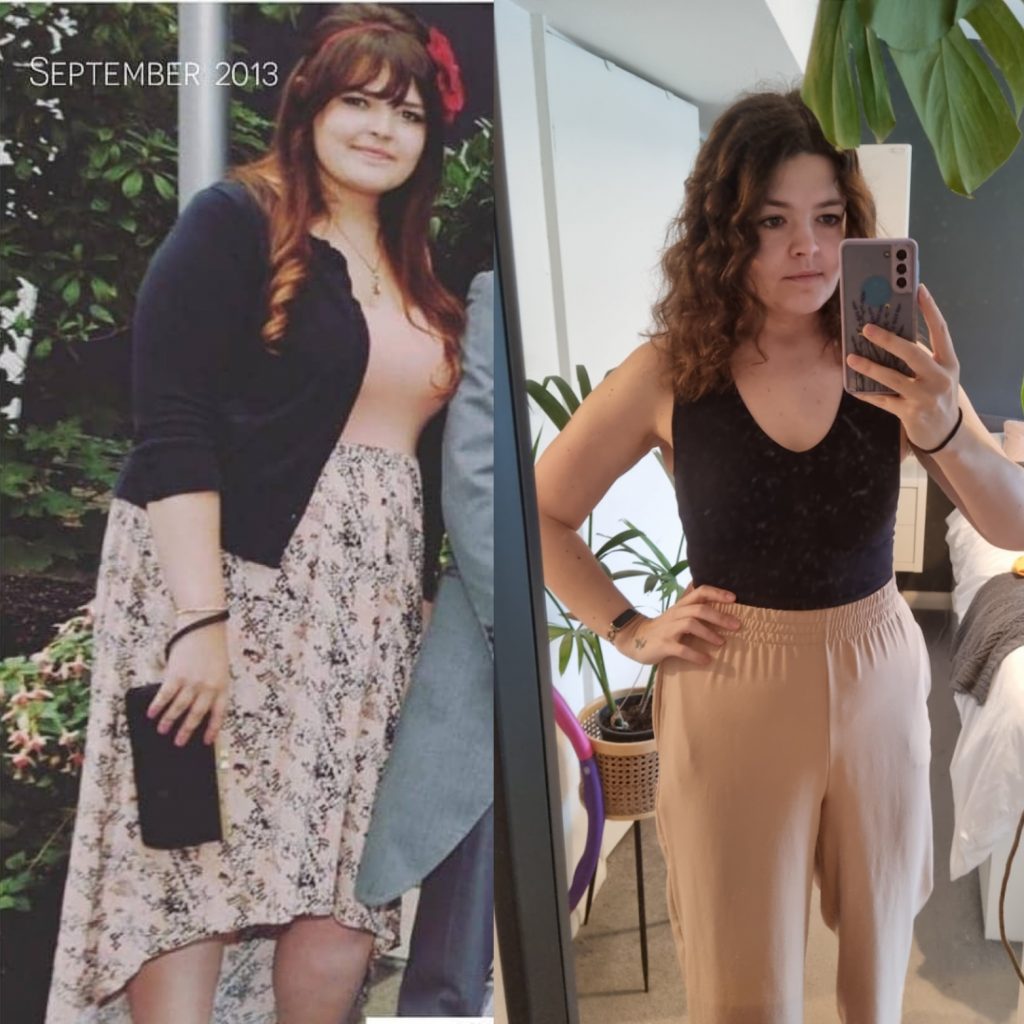
LEARN MORE ABOUT MY WEIGHT LOSS JOURNEY! > How I Lost Over 80lbs: Tips For Starting A Weight Loss Journey
Building a Sustainable Routine
Alright, now that we’ve got some SMART goals set, it’s time to talk about routines. A solid routine can be your best friend on this journey. It’s all about finding what works for you and making it stick.
Creating a Routine to Overcome a Lack of Consistency
Building a routine isn’t just about scheduling workouts—it’s about creating a lifestyle that supports your goals. Here’s how to get started:
Start Small: Don’t overwhelm yourself by trying to change everything at once. Pick one or two habits to focus on first. For example, start with a morning walk or prepping your meals for the week. Once these become second nature, add in more habits.
Consistency Over Intensity: It’s better to have shorter, more frequent sessions than to go all out once in a while. For instance, a 20-minute workout every day is more sustainable than a two-hour session once a week. Consistency is what keeps the momentum going.
Find Your Best Time: Figure out when you have the most energy and free time. Are you a morning person, or do you have more energy after work? Schedule your workouts and meal prep sessions for those times. For me, mornings work best because it sets a positive tone for the rest of the day.
Plan Ahead: Take some time each week to plan your meals and workouts. Having a plan removes the guesswork and makes it easier to stick to your routine.
Be Flexible: Life happens, and sometimes you’ll miss a workout or indulge in a treat. And that’s okay! Being flexible and forgiving yourself is crucial. Just get back on track as soon as you can. Remember, it’s about progress, not perfection.

The Role of Mindset and Mindfulness
Now that we’ve got a solid routine going, let’s cover something equally important: your mindset. Believe me, having the right mindset makes all the difference in staying consistent and achieving your goals.
Let’s explore how having the right mindset, specifically focusing on identity, action, and growth, can help you overcome the lack of consistency.
Mindset Changes to Overcome a Lack of Consistency
Embracing Your Identity: Start by seeing yourself as someone who is consistent and committed to your health goals. This is about shifting your identity to align with your aspirations. Instead of saying, “I want to lose weight,” say, “I am a healthy and active person.” This subtle shift in identity can influence your daily decisions and actions. This is part of a “Be, Do, Have” mindset and I cover this in a lot more detail in this post ‘Achieve Breakthrough Results With The “Be, Do, Have” Mindset’.
Taking Action: Once you’ve embraced this new identity, it’s time to take consistent actions that align with it. Here’s where a growth mindset comes in. I first heard about the concept of a growth mindset in the book ‘Mindset’ by Carol Dweck.
A growth mindset means believing that you can develop your abilities through dedication and hard work. As opposed to having a fixed mindset, which is when you believe your abilities and fitness levels are set in stone – covered in a lot more detail in my post ‘Examples Of A Fixed Mindset: Break Free From Fear Of Failure!‘. Focus on the process rather than the outcome. Celebrate the small wins and learn from setbacks. Every workout, every healthy meal, every positive choice is a step in the right direction.
Embracing Challenges: A growth mindset also means seeing challenges as opportunities to grow rather than obstacles. When you face a setback, ask yourself, “What can I learn from this?” This perspective turns failures into valuable lessons and keeps you moving forward.
Finding Joy in the Process
Alright, we’ve got the mindset and routine down, but let’s be real: if you don’t enjoy the journey, staying consistent will feel like a chore. Finding joy in the process is essential to overcoming the lack of consistency. So, how can we make this journey fun and enjoyable?
Joyful Movement: Overcoming a Lack of Consistency Through Fun
Explore Different Activities: Not a fan of the treadmill? No problem! There are countless ways to stay active that don’t involve traditional gym workouts. Try dancing, hiking, swimming, or even joining a local sports team. The key is to find something you genuinely enjoy.
Mix It Up: Variety is the spice of life, right? Keep things interesting by mixing up your workouts. This not only prevents boredom but also challenges your body in new ways, helping you avoid plateaus.
Incorporate Music and Podcasts: Music has a magical way of boosting our mood and energy levels. Create a playlist of your favourite upbeat songs or listen to an engaging podcast while you work out. This can make the time fly by and make exercise feel less like a task.
Set Fun Challenges: Setting small, fun challenges for yourself can keep things interesting. Whether it’s aiming to beat your personal best or taking part in a fitness challenge, these little goals can add excitement to your routine.
Celebrate Non-Scale Victories: It’s easy to get caught up in the numbers on the scale, but there are so many other victories to celebrate. Notice how your clothes fit better, how much stronger you feel, or how your energy levels have increased. See my post ‘Non-Scale Victories: The Hidden Wins That Matter Most‘ for a complete guide on using non-scale victories for motivation!
Finding joy in the process makes the journey to your goals more enjoyable and sustainable. When you love what you’re doing, staying consistent becomes much easier.
LEARN THE BEST WAY TO STAY CONSISTENT WITH EXERCISE > Enjoy Movement: How To Find Fun In Every Workout
Accountability and Support Systems
We’ve covered a lot so far—mindset, routines, and finding joy in the process. But there’s another crucial piece to the consistency puzzle: accountability. Having a strong support system can make all the difference in staying on track and motivated.
Leveraging Accountability to Overcome a Lack of Consistency
Find an Accountability Partner: Having someone to share your journey with can be incredibly motivating. An accountability partner can be a friend, family member, or even an online community. The key is to find someone who understands your goals and is committed to helping you achieve them.
Join a Community: Whether it’s a local fitness class, an online forum, or a social media group, being part of a community can provide a huge boost. You’ll find people who are on similar journeys, and their support and advice can be invaluable.
Use Technology to Stay Accountable: There are countless apps and tools designed to help you stay on track. From fitness trackers to meal planning apps, these tools can provide reminders, track your progress, and even connect you with others.
Set Up Regular Check-Ins: Schedule regular check-ins with your accountability partner or group. This could be a weekly phone call, a monthly meet-up, or a daily WhatsApp message. Regular check-ins help you stay focused and provide opportunities to celebrate progress and address challenges.
Accountability and support systems create a network of encouragement, motivation, and shared experiences. They remind you that you’re not alone on this journey, making it easier to stay consistent and committed to your goals.

Tracking Progress and Celebrating Milestones
Alright, we’ve got our support systems in place, but how do we keep the momentum going? Tracking your progress and celebrating milestones is something I recommend to everyone. Your brain has a way of recognising rewards and associating them with habits, creating a positive association with that habit and making you more likely to continue with it.
Overcoming a Lack of Consistency by Celebrating Small Wins
- Track Your Progress: Keeping a record of your journey helps you see how far you’ve come and stay motivated. There are various ways to track your progress, so find what works best for you.
- Journaling: Write down your daily workouts, meals, and how you feel. This can help you identify patterns and make adjustments as needed.
- Apps and Tools: Use fitness and nutrition apps to log your activities and meals. These apps often come with charts and graphs that visually show your progress.
- Set and Celebrate Milestones: Breaking down your larger goals into smaller milestones makes them more manageable and gives you more opportunities to celebrate. Each milestone reached is a step closer to your ultimate goal.
- Short-Term Milestones: These could be weekly or monthly goals, like working out three times a week or trying a new healthy recipe.
- Long-Term Milestones: These are bigger goals, like losing a certain amount of weight or running a 5K.
- Example: Celebrate completing 3 months of consistent workouts with a reward that aligns with your goals, like a new pair of running shoes or a day off to relax.
- Celebrate Non-Scale Victories: I know I’ve already briefly covered this but Non-Scale Victories are so important for your motivation. Non-scale victories (NSVs) can be just as, if not more, rewarding as losing weight. These include things like fitting into old clothes, having more energy, or feeling more confident.
By tracking your progress and celebrating your milestones, you’ll stay motivated and inspired to keep moving forward. It’s all about recognising your hard work and enjoying the journey.
Overcoming Setbacks and Staying Resilient
Alright, we’ve got our goals, routines, mindset, and celebrations in place. But let’s be real: setbacks are inevitable. The key to success is not avoiding them but learning how to overcome them and stay resilient.
Anticipate Setbacks: First things first, know that setbacks are a normal part of any journey. By anticipating them, you can prepare yourself mentally and have a plan in place to deal with them.
Learn from Challenges: Each setback is an opportunity to learn. Instead of seeing it as a failure, ask yourself what you can learn from the situation. What can you do differently next time?
Stay Flexible: Flexibility is key to staying consistent. Life is unpredictable, and sometimes your plan needs to change. Be willing to adapt your routine as needed.
Practice Self-Compassion: Be kind to yourself. Everyone makes mistakes and has off days. What’s important is how you respond. Instead of beating yourself up, show yourself some compassion and get back on track.
Reconnect with Your Why: When things get tough, reconnect with your reasons for starting this journey. Reminding yourself of your “why” can reignite your motivation and help you push through tough times. See my post ‘Examples Of Extrinsic And Intrinsic Motivation: What Drives You?‘ for more on finding your “why” and what motivates you.
Seek Support: Don’t be afraid to lean on your support system. Whether it’s talking to a friend, joining a support group, or seeking professional advice, getting help can provide new perspectives and renewed motivation.
Celebrate Resilience: Recognise and celebrate your ability to bounce back. Each time you overcome a setback, you’re building resilience and getting stronger.

Overcoming a Lack of Consistency: Conclusion
From understanding the root causes of inconsistency to setting achievable goals, building a sustainable routine, fostering a positive mindset, finding joy in the process, leveraging accountability, celebrating milestones, and building resilience—each step is crucial in overcoming the lack of consistency in your weight loss journey.
Recap of Key Points
- Understanding the Root Cause: Identify what’s holding you back—whether it’s lack of motivation, unrealistic goals, or not enjoying the process.
- Setting Realistic Goals: Use the SMART criteria to set specific, measurable, achievable, relevant, and time-bound goals that keep you on track.
- Building a Routine: Start small, stay consistent, and find the best times for your activities. Flexibility and variety keep your routine engaging.
- Mindset and Mindfulness: Embrace a positive and growth-oriented mindset. Practice mindfulness techniques to stay present and focused.
- Finding Joy: Explore different activities, mix up your routine, and celebrate non-scale victories. Make the journey enjoyable and fun.
- Accountability and Support: Find an accountability partner or join a community. Use technology to track progress and stay motivated.
- Tracking and Celebrating: Regularly track your progress, set milestones, and celebrate every win, big or small.
- Overcoming Setbacks: Anticipate challenges, learn from them, stay flexible, practice self-compassion, and always reconnect with your “why.”
I’d love to hear about your experiences with overcoming a lack of consistency. Leave a comment below and let’s start a conversation! And I would love for you to sign up for my newsletter for more tips, inspiration and exclusive access to my FREE resource library, which includes ebooks, trackers and tools to help you.
Remember, every small step counts, and together, we can achieve our goals. Here’s to a healthier, happier you!

